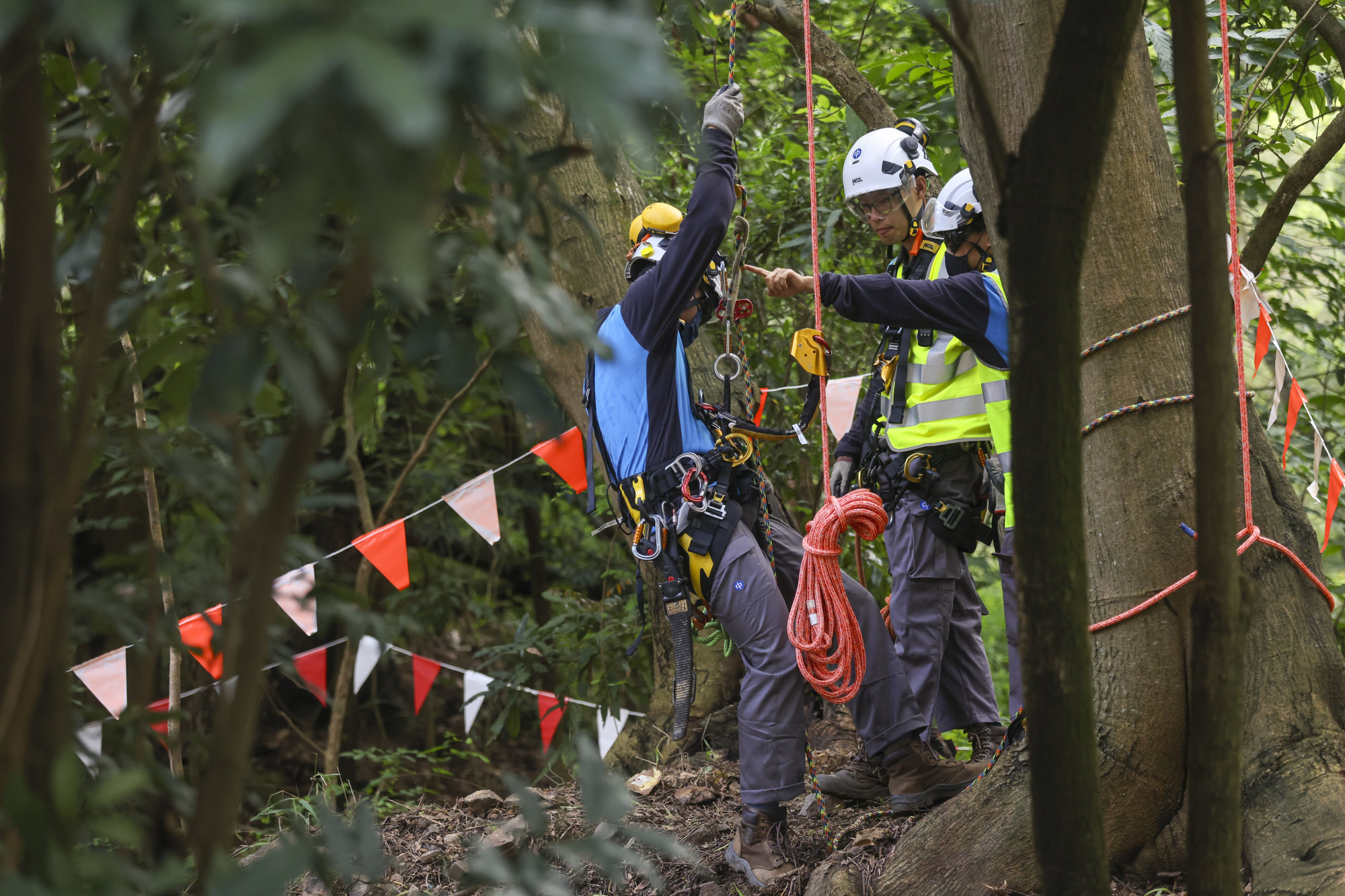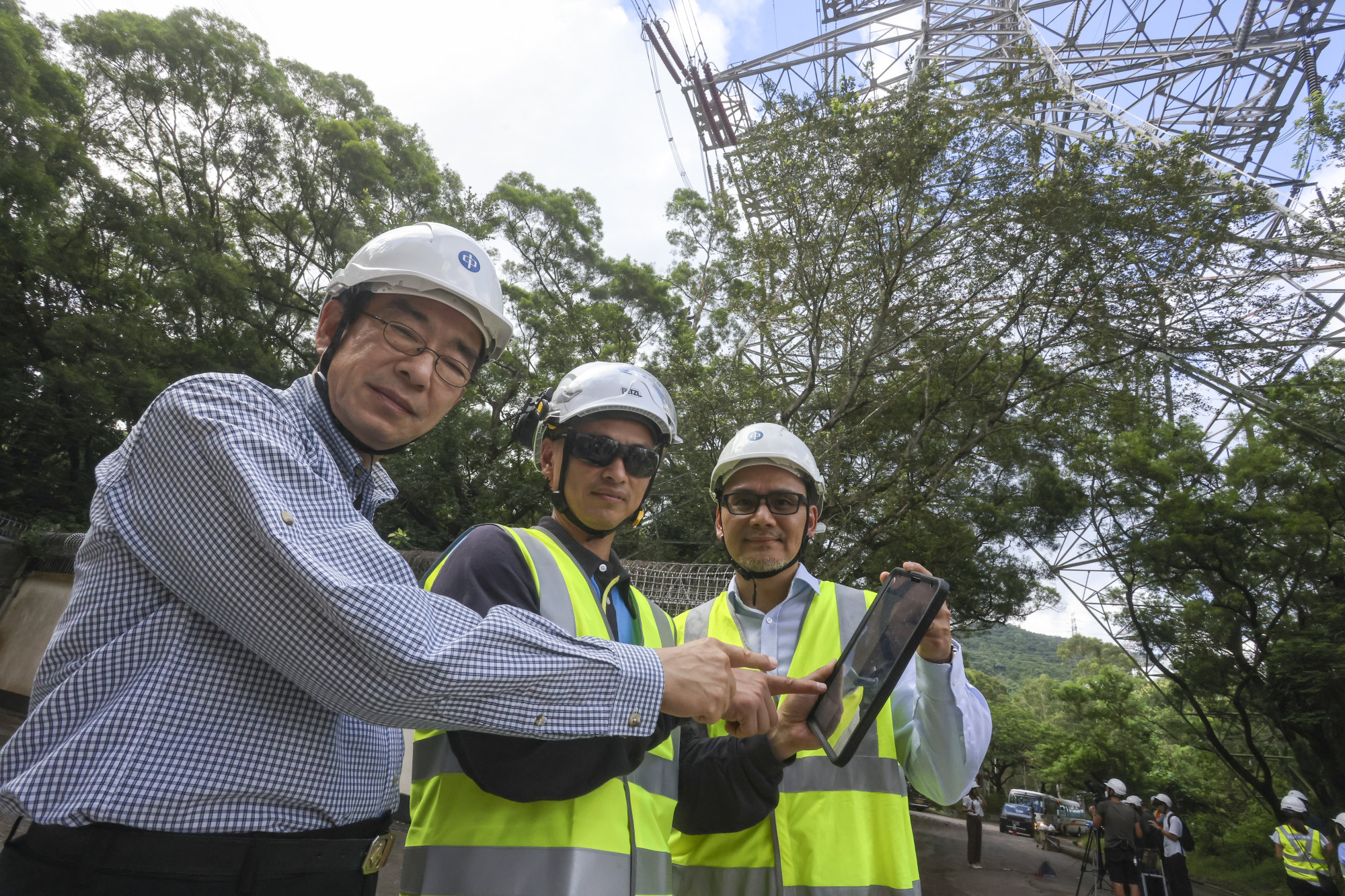System will help prevent disruption in New Territories, Lantau Island and parts of Kowloon, CLP Power says. Researchers identity 200 species, including kapok, camphor wood, bauhinia and Chinese banyan, along power grids. — SCMP
A Hong Kong power company has worked with scientists to develop a model that predicts the growth rate of trees near overhead cables in an effort to prevent them from disrupting electricity supply in the New Territories, Lantau Island and parts of Kowloon.
The monitoring system was introduced last April, and CLP Power’s vegetation management team carried out 80,000 pruning works based on alerts issued by the system over the past year.
“The system’s most significant feature is the ability to predict the growth of trees ... to identify those that may pose a potential risk to nearby overhead cables,” said Michael Lau Ho-yin, a north region director at CLP Power.

“When CLP Power’s vegetation management team carried out tree maintenance in the past, it was difficult to grasp the growth of trees within the range of overhead cables.”
He added that the new system could save more than HK$1.5 million (US$191,000) in annual operating costs as it would help allocate resources and labour more efficiently.
The power company created a database using geographic information system (GIS) technology to record information on more than 170,000 trees, including their species, age and pruning history.
Hong Kong ‘risks losing’ endangered trees under plan to build golf course flats
More than 200 species, including kapok, camphor wood, bauhinia and Chinese banyan, have been identified along the power grids in the New Territories, Lantau Island and parts of Kowloon, amounting to about half of the tree species documented in the city.
Liu Wai-lung, a senior technical supervisor in the vegetation management team, said the system had improved work efficiency since they could prioritise pruning work according to the risk of disturbing the overhead cables.
“It’s easier for us to identify the location of the tree because the system will tell us the GPS position, as well as the cable’s location and name,” he said.

Director Lau said the model also helped to reduce paper consumption by 70 per cent as data obtained on-site could be directly added to the system.
Countries such as Britain, the United States and Canada have used such technology for more than a decade to monitor tree growth and collect spatial data.
Jim Chi-yung, a research chair professor of geography and environmental science at the Education University of Hong Kong, who co-led the project, said it was the first time the system was being used in the city, and its predictive function was advanced and detailed.
The project began in 2019 to monitor the growth rate of trees along CLP Power’s overhead cables in the New Territories, Lantau Island and parts of Kowloon.
Major Hong Kong power cut caused by use of 10-year-old backup cable
In the following year, the research team conducted experiments to analyse the effect of weather, temperature, sunlight and rainfall on pruned trees.
The findings revealed that the higher the sun intensity, temperature and rainfall, the faster a pruned tree developed epicormic shoots, an abnormal structure that grows on its trunk, stem or branch in response to adverse events such as fires or fungal infections.
The closer the tree was to the overhead power line, the more likely it was to cause power to disperse to the ground, leading to voltage instability, the vegetation management team explained.
Jim said the system helped the team carry out pruning work in a “more scientific, accurate and objective” way, since it was largely based on experience and knowledge fostered through past training.
More from South China Morning Post:
- Hong Kong has reliable electricity supply and no soaring prices, so why are lawmakers demanding change, scrutiny of power companies?
- Pretty tough: spider tree blooms in Hong Kong remind residents to stop and appreciate city’s stunning beauty
For the latest news from the South China Morning Post download our mobile app. Copyright 2023.





